B2B Merchant Processing
Striving to Maximize Merchant Savings
Level 3 Data specializes in B2B processing qualifying our merchants for the best interchange rates possible. Our merchant processing suite provides robust, intuitive solutions capturing the right data with minimum effort saving our clients thousands of dollars in merchant processing fees
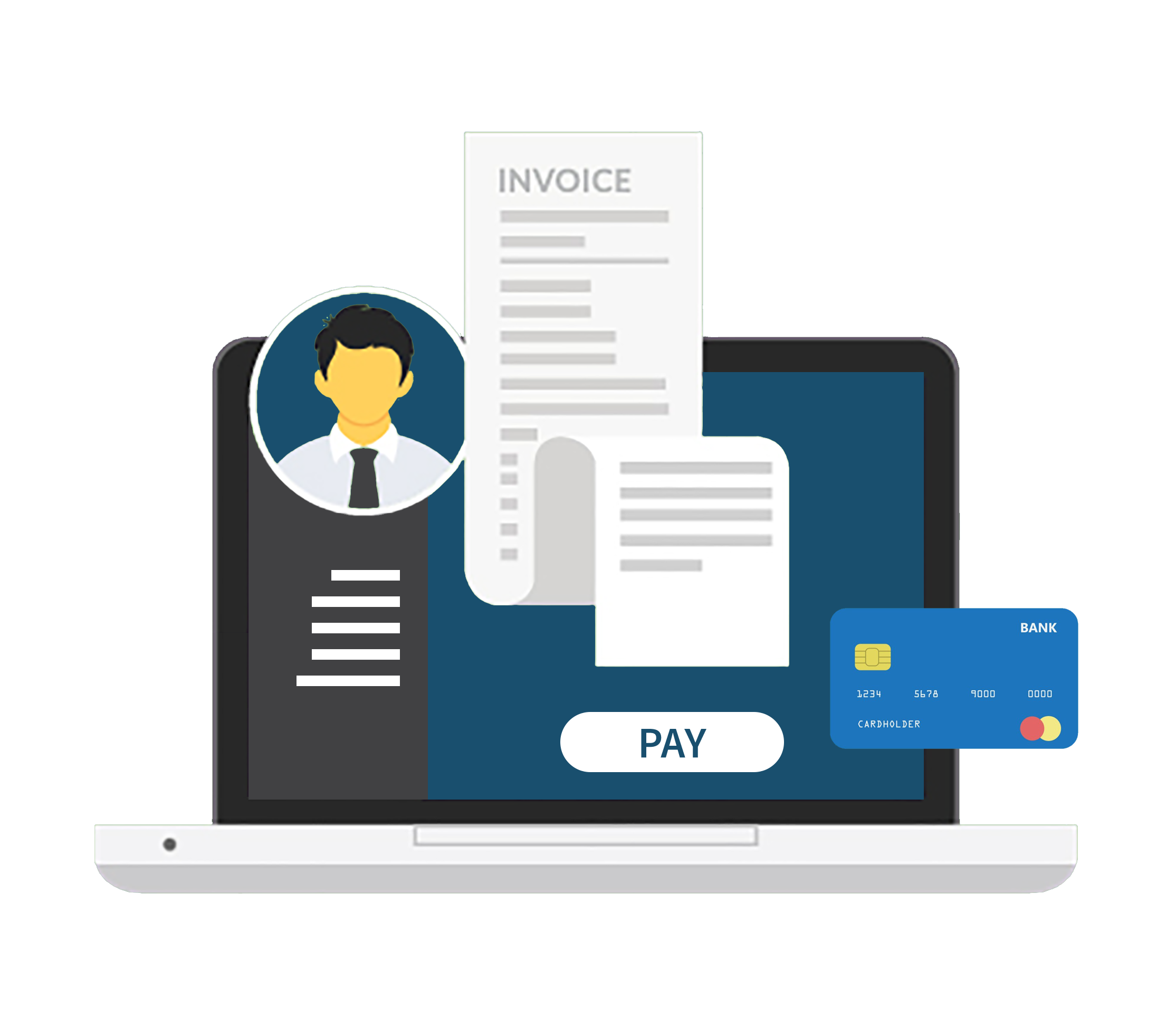
The Level 3 Data Approach

Perform an In-Depth
Statement Analysis
Level 3 Data dissects your current statement to find all potential transactions qualified for savings.
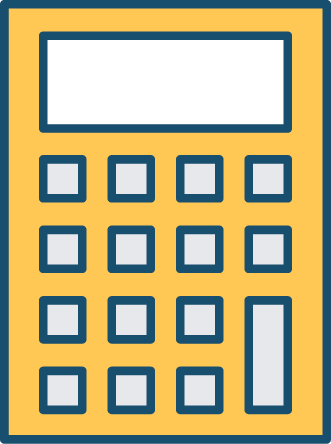
Deliver a Cost Benefit
Summary
A cost-benefit analysis is delivered with potential savings after implementing the B2B Optimizer.

Monitor Solution
Optimization
Level 3 Data monitors your transactions to make sure the maximum savings is reached.
B2B/Enhanced Data Defined
How B2B Relates to Interchange
Interchange Rates comprise of hundreds of different merchant processing fees charged by the issuing banks. Each transaction a merchant runs is assigned a fee based on the risk and authorization/card type. More data provided at the time of sale means a lower risk to the issuing bank and a lower fee to the merchant.
interchange rate (noun)
in·ter·change rāt
1. a fee paid between banks for the acceptance of card-based transactions that covers the cost of handling and credit risk inherent in a bank credit or debit card transaction.
Capturing Level II and III Data also helps government and large corporations monitor spending on corporate and purchasing cards. The more information given at the time of the transaction, the better entities can track their spending and set restriction and what is purchased and where.
Commercial Cards that Fall Under a B2B Transaction
The amount of interchange rates a merchant pays the four major card brands depends on the card used at the time of transaction. In order for a transaction to qualify for B2B/Enhanced Data rates, the card used must be one of the following cards:
Business Card
Cards issued by a company to the employee where the card holder is liable for the money.
Corporate Card
Cards issued by a company to the employee where the business is liable for the money.
Purchasing Card
Cards used for purchase orders to buy company approved goods for the business.
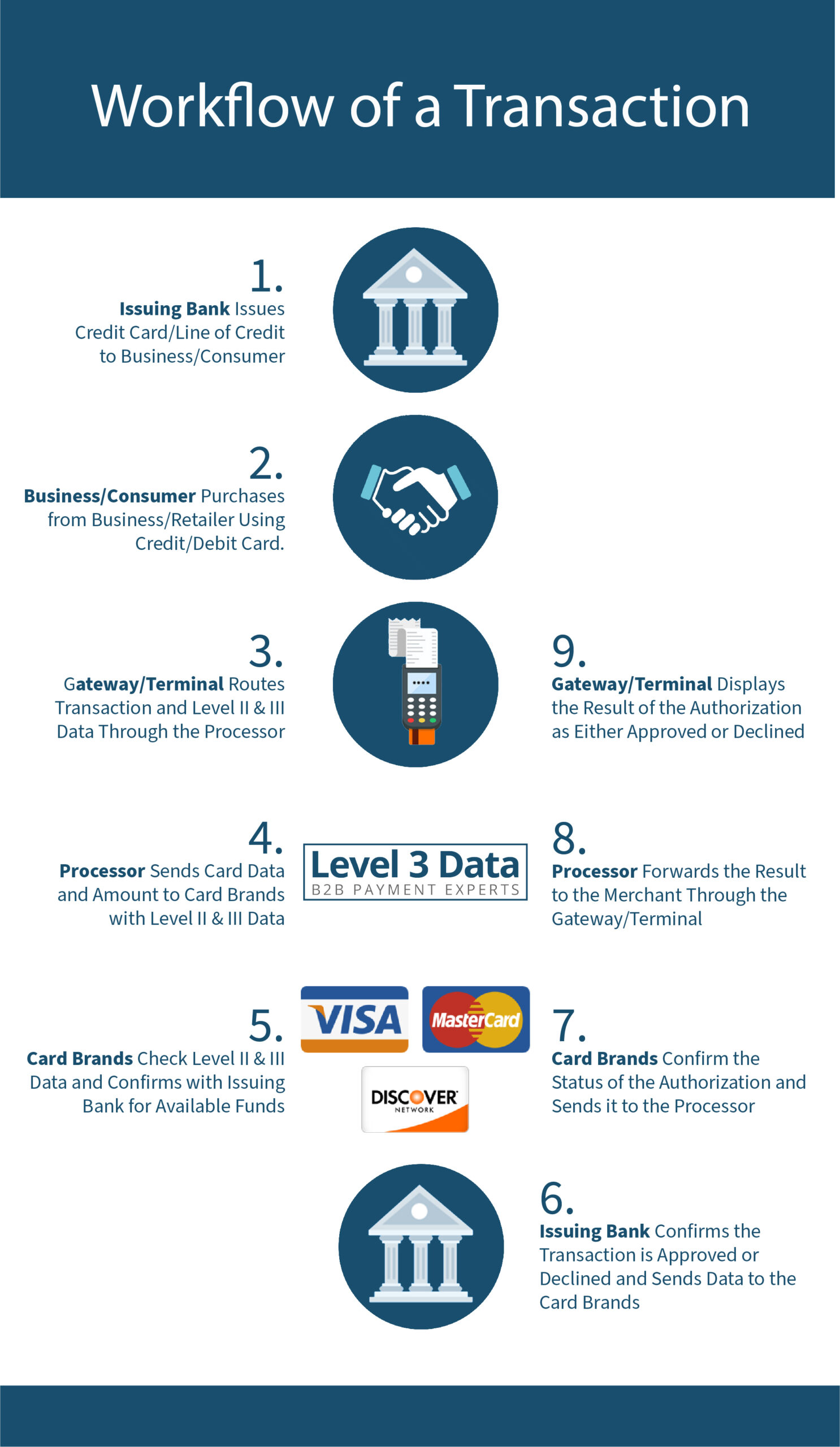
Transaction Routing
A credit card hits multiple channels when an authorization takes place. Between the gateway/hardware used, the card brands (Visa, Mastercard, Discover, American Express), and to the card issuing bank, all platforms must work in sync to ensure the proper transfer of funds as shown by the diagram to the left.
Qualifying: Level 2 and 3 Data
Every credit card transaction qualifies for a different "data level". The data level is determined by the amount of information provided by the business at the time of the authorization. A transaction passed with the least amount data (information stored on the card's chip) qualifies for Level 1 Data.
In order to qualify for Level 2 or 3 Data and save money on interchange rates, more information is given at the time of the transaction. Level 2 and 3 transactions offer less of a risk/chargebacks to the card brands therefore a greater savings for the merchant
Requirements and Eligibility
The vast majority of merchants are running corporate cards at level 1 data rates. Why? Many merchant processors are unclear on the benefits and do not provide a solution to capture Level 2 and 3 Data.
The table to the right offers an explanation of what information is needed in order for a merchant to save money. As one can imagine, gathering this type of information can be cumbersome for the merchant AND for the customer.
The benefit of using Level 3 Data for merchant processing is that commercial card transactions can qualify for Level 2 and 3 rates by simply collecting two pieces of information: THIS AND THAT.
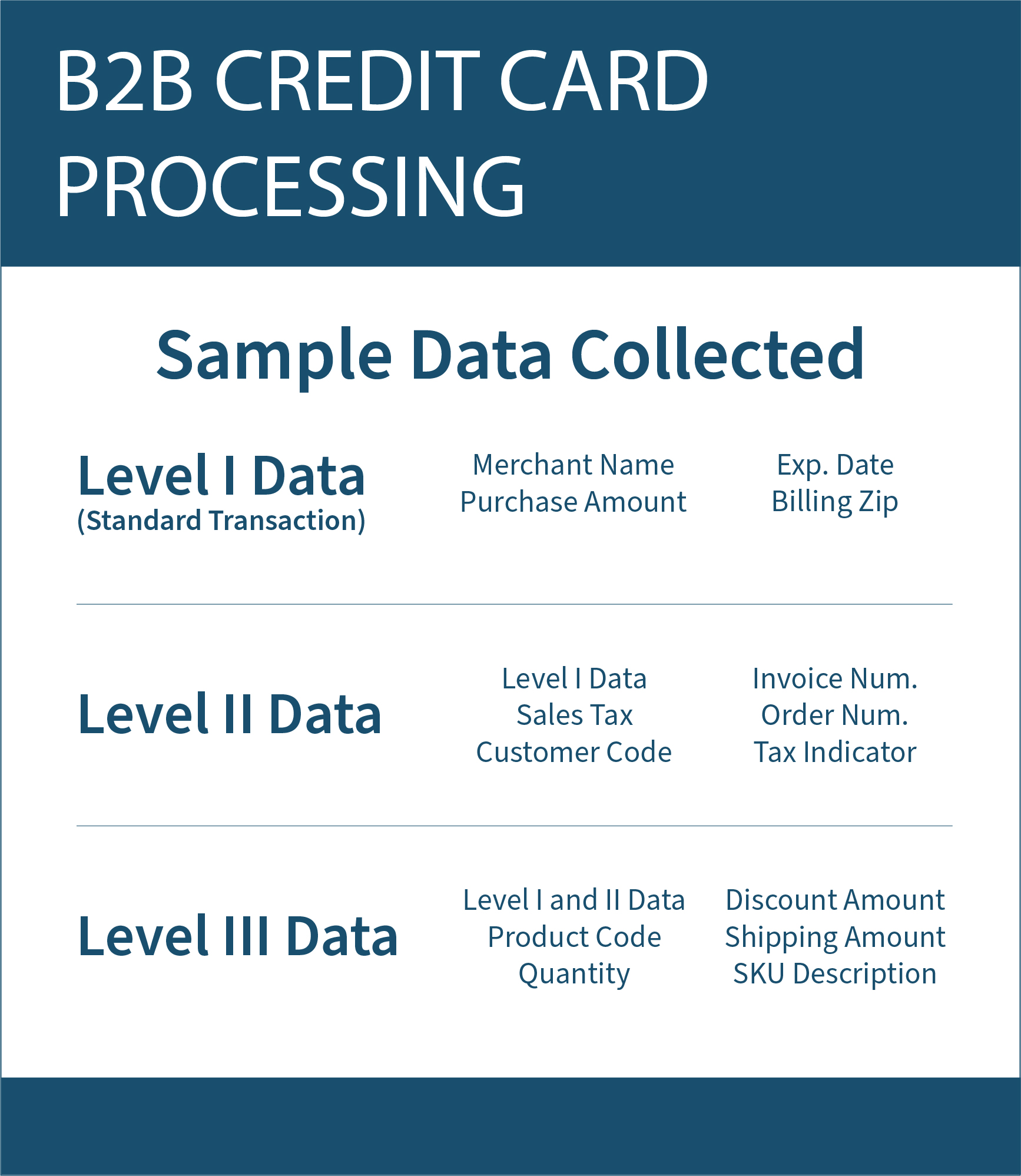
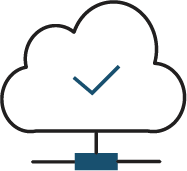
Level 3 Data
Offers Level 3 Rates
with Auto-fill Enhancements
Sending Level 2 and 3 Data
To qualify for the lowest interchange rate, it is important to send complete data to the card brands. This information is then passed through the processor to the card brands and stored to mitigate the risk of chargebacks.
While the data needed to be collected can seem daunting, it is important to remember that Level 3 Data's MX Suite Gateway and/or the compatible devices offers a streamlined process for receiving level 3 rates. Using auto-fill enhancements, merchants are able to save money by sharing only two pieces of information.
Sample B2B/Data Enhanced Rates
Interchange rates change regularly, however, savings for enhanced data usually remains the same.
As you can see below, a Purchasing Card Level 3 Rate is currently set at 1.90% and $0.10 per transaction. That is a vast difference when compared to the standard rate at 2.95% and $0.10 per transaction.
To put these figures in terms of savings, say a transaction for $500 is ran on a Standard Tier Rate. The merchant would pay $14.85 on interchange alone. If this transaction cleared at Level 3 Rate, the price for interchange drops to $9.60, a savings of $5.25. If a merchant were to run 20 similar transactions a month, that is a savings of $105 per month.
$500 Transaction on Purchasing Card
Standard Tier Pricing: $14.85 (500 x 0.0295 + 0.1)
Level 2 Pricing: $10.60 (500 x 0.021 + 0.1)
Level 3 Pricing: $9.60 (500 x 0.019 + 0.1)
Mastercard Interchange Rates
Card Type
Commercial
Corporate
Purchasing
Standard Rate
2.95% + $0.10
2.95% + $0.10
2.95% + $0.10
Level 2 Rate
2.10% + $0.10
2.50% + $0.10
2.50% + $0.10
Level 3 Rate
1.90% + $0.10
1.90% + $0.10
Visa Interchange Rates
Card Type
Business
Corporate
Purchasing
Standard Rate
2.95% + $0.20
2.95% + $0.10
2.95% + $0.10
Level 2 Rate
2.05% + $0.10
2.50% + $0.10
2.50% + $0.10
Level 3 Rate
1.90% + $0.10
1.90% + $0.10
Real Life Merchant Savings
Merchants have seen significant savings after implementing solutions that deliver level II and III savings. Below are true savings from merchants who have begun capturing level 2 and 3 data.

Schedule an In-Depth Rate Analysis
Contact us below to find out your true savings with an in-depth rate analysis based on the corporate and purchasing cards you are using today.


